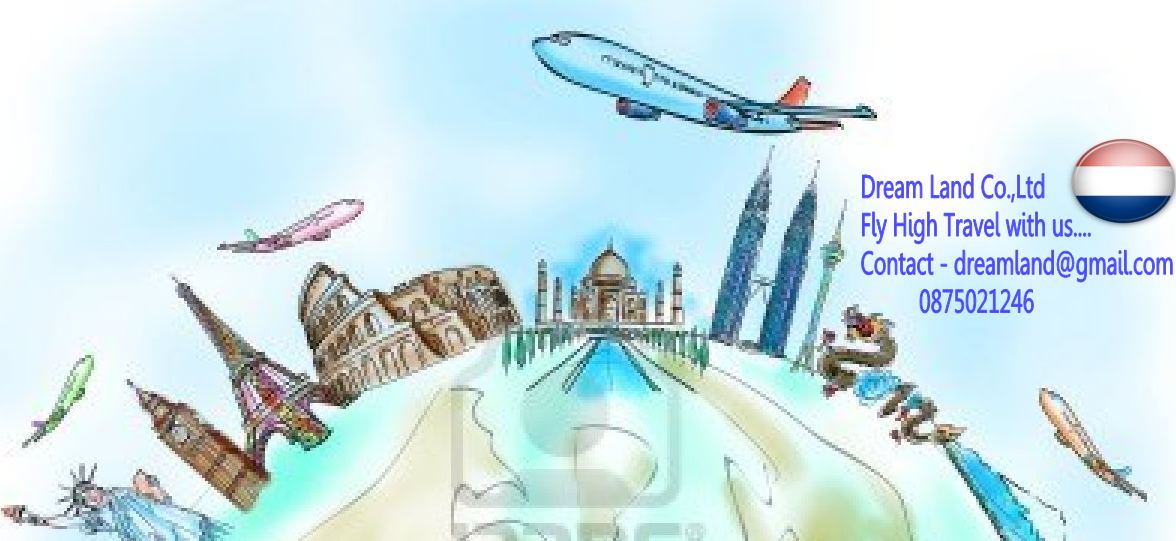Beijing's big 4 sites: The ultimate weekend guide
China's most iconic destinations are located in the capital city and all doable in a weekend
There’s a reason every traveler who sets foot in Beijing visits the city’s most famous tourist draws: the Great Wall, Forbidden City, Tiananmen Square and Summer Palace.
Visit the "big four" and you’ve ticked a few of the world’s “must see” boxes.
The Great Wall of China (长城)
 The Great Wall in the wild: a view worth hiking all day for.
The Great Wall in the wild: a view worth hiking all day for.
What it is: The world’s greatest example of human will and ingenuity (and irrationality).
Stretching from China’s east coast to the deserts of western China, the Great Well was built some 2,200 years ago to resist marauding tribes from the north.
Most of the wall that you can see today was erected in the Ming Dynasty about 600 years ago.
What to expect: Pick one section and expect to spend at least a day exploring it.
Badaling (八达岭) and Mutianyu (慕田峪), both restored sections, are stunning to look at, but can be overwhelmed with crowds.
Instead, the Wall at the non-restored (or “wild”) sections, such as Huanghua (黄花) or Jiankou (箭口), remains the way the sentries left it.
Visitors may well have entire sections to themselves.
A driver for the day to most sections near Beijing costs about RMB 650 (US$100).
Insider tips: For a unique experience, consider camping on the wall. Several outfits organize overnight stays, where travelers can either sleep in a watchtower or in tents at the edge of the wall.
For hard-core athletes, the Great Wall Marathon is staged every May near Tianjin.
More on CNN: How to find a great escape in the Great Wall
China Adventure Tours runs hikes ranging from one to 24 days (RMB 480-27,000 per person).
Mountain Biking Asia leads a five-day, 40-kilometer trek in Hebei province (from RMB 12,685 per person).
The Great Wall Marathon, www.great-wall-marathon.com
The Forbidden City (故宫)
 A glimpse of 500 years of China.
A glimpse of 500 years of China.
What it is: Previously home to emperors and tyrants for some 500 years, and now the humble hangout of legions of tourists sheltering beneath phosphorescent orange hats, the Forbidden City is one of Beijing’s finest attractions.
It’s big enough -- sprawling over 720,000 square meters -- that you can find spots to enjoy on your own.
What to expect: The Forbidden City is great for wandering. It also hosts an extensive art collection under the charge of the Palace Museum.
The collection of imperial artwork and artifacts –- ceramics, paintings, calligraphy -- spans the Ming and Qing dynasties.
Both the Forbidden City and Tiananmen Square across the street can be managed in half a day.
Insider Tips: To avoid the crowds, visit on weekdays as early in the day as possible.
For a remarkable view of the Forbidden City and surrounding cityscape, climb to the top of the hill in the middle of Jingshan Park (景山公园), just a few blocks north.
More on CNN: Insider Guide: What to do in Beijing
Forbidden City, 4, Jingshan Qian Jie, Dongcheng District 东城区景山前街4号; +86 10 6513 1892; open daily, 8 a.m.-5 p.m; admission: RMB60 in high season, RMB40 in low season,www.dpm.org.cn
Jingshan Park, 44, Jingshan Xi Jie, Xicheng District 西城区景山西街44号; +86 10 6403 8098; open daily 6:30 a.m.-8 p.m. (winter); 6 a.m.-9 p.m. (spring and autumn); 6 a.m.-10 p.m. (summer); admission: RMB 2
Tian’anmen Square (天安门广场)
 Headquarters of Chinese patriotism.
Headquarters of Chinese patriotism.
What it is: Literally translated as “the gate of heavenly peace,” Tian’anmen, at 440,000 square meters, is the world’s largest public square.
Directly across from the Forbidden City, Tian’anmen is bordered by the Great Hall of the People and the National Museum of China, and is home to the Mausoleum of Mao Zedong.
What to expect: At first glance, Tian'anmen isn’t much to look at -- a big cement square with a massive Chinese flag in the center. But it’s worth checking out simply for its scale and the thousands of Chinese who come to see it.
Next to some of the most important buildings in China, it feels as if you’re in the heart of the nation.
Insider tips: Wake up early (or stay up late) and catch the daily flag-raising ceremony at dawn.
The National Museum (中国国家博物馆) is on the east side of the square. It reopened in 2011 as one of the largest museums in the world and offers a survey of Chinese history.
Rent a bike, and get lost in the local hutong alleyways south of the square.
More on CNN: Beyond the duck: 20 best Beijing restaurants
Tiananmen Square subway stops: Tiananmen East Station (天安门东) or Tiananmen West Station (天安门西) on Metro Line 1, Qianmen Station (前门) on Metro Line 2. No admission fee.
Summer Palace (颐和园)
 An "imperial" cruise in Beijing.
An "imperial" cruise in Beijing.
What it is: A UNESCO World Heritage site, the Summer Palace covers 2.9 square kilometers. Most of the palace grounds are taken up by Kunming Lake (昆明湖), which is dotted with pavilions, halls, palaces and temples.
Opened in 1750, the Qing imperial palace was mostly destroyed by foreign powers during the Second Opium War (1856-60) and restored in 1886.
What to expect: The Summer Palace is one of the most pleasant places in the city to stroll.
You can spend a morning climbing to the top of the Hill of Longevity (长寿山), relaxing on a paddleboat on Kunming Lake or wandering the gardens, halls and pavilions
Insider tips: For luxury travelers looking for a more relaxed stay in Beijing, Aman at the Summer Palace has rooms housed in century-old pavilions.
As an alternative to the Summer Palace, which can be crowded, there's the smaller and quieter imperial garden Old Summer Palace (圆明园), located near Tsinghua University, a fine example of Chinese landscape gardening.

No comments:
Post a Comment